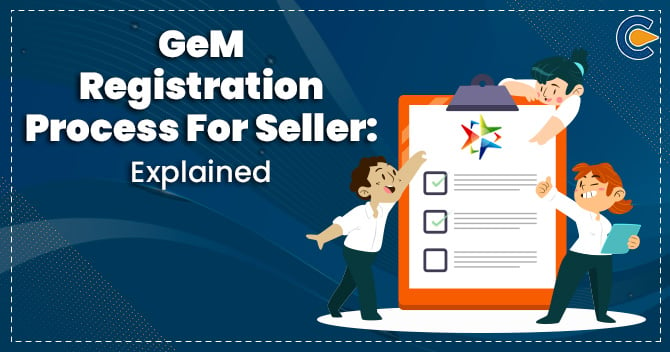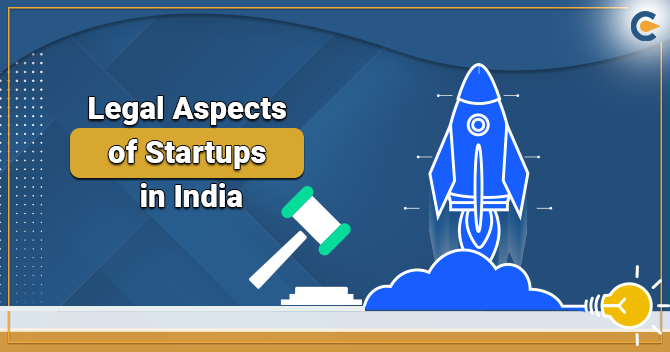Do you have an aspiration to become a successful online seller but lack resources or ideas? You can turn your aspiration into reality by registering on a government portal called GEM. This blog will help you get all the relevant information about the GeM registration process for sellers in India.
What is GeM?
- The term GeM stands for Government e-Marketplace. It is a web-based platform for public procurement in India. The Ministry of Commerce and Industry introduced it, Government of India, on August 9, 2016. GeM aims at improving efficacy and transparency in the public procurement of Goods and Services[1] for Government agencies and companies.
- The Finance Ministry is already clarified that all the Government buyers are mandated to procure resources from this portal itself. The provisions for the same have been stated in a new rule no. 149 in the general financial rules, 2017
- The GeM is a web-based portal that serves government agencies and departments at large. It means that only government-based agencies are allowed to make a purchase from this platform. But the good news is that any seller can be a part of this platform. That means no government status is required to become a seller on this portal. Also, the GeM registration process is a simplified procedure that seeks minimal paperwork and compliances.
Presently, GeM offers two types of registration, i.e. Buyer Registration and Seller Registration.
Seller Registration on GeM
Those sellers who wish to sell their offerings or services to the government agencies have first to register themselves on this portal as a seller. There are two categories of sellers on this portal – one is authorized sellers and the other is OEMs.
OEMs have gained immense popularity lately since the advent of the GeM portal. OEM refers to Original Equipment Manufacturers who make systems or components for other entities serving the same area of interest.
However, this is not a standard description of an OEM. In general, OEM can be a
- Manufacturers
- Brand owners & Third Party manufacturing
- Importer & Authorized Sellers
- Service Provider
- Assemblers
Potential benefits available to the registered sellers after completing the GeM registration process
- Access to standardized market
- Security against delayed payment
- Ensures minimal marketing budgets
- Availability of flexible pricing based on market conditions
- Have a Multi-Lingual Support Desk
As far as documents are concerned for registration, the GeM portal usually seeks the documents like PAN, Company Information numbers, tax-related documents, and tenancy related papers from the seller during registration.
GeM registration process for the seller
- The registration process on GeM is entirely online. Since GeM is a web-based portal for both seller and buyer, the registration and documents are also different for both of them. Presently, there are two types of accounts on the GEM, i.e. primary seller and secondary seller. These accounts can be created on the Seller account. Keep in mind that there will always be one primary seller or service provider for a company. These entities will, by default, have all privileges assigned to them.
- Only Primary Seller or Service Provider would have the leverage to create Secondary Seller and/or Service Providers.
- There can be multiple Secondary Sellers or service providers for a single entity. Secondary seller’s undertakings are subjected to assigned roles/privileges.
- There is no legal mandate for creating a secondary seller account as it entirely depends on the company’s requirements.
GeM registration process for a primary seller
- Visit the GeM portal and create an account as a seller. You can do this by clicking the Signup option located on the top left of the page.
- Next, click the drop-down menu to select the option called seller. This will direct the portal to open the new page called Create your organization seller account.
- Now on this page, click on the Review Terms and Conditions and go through the same and agrees to it if you find it relevant.
- After agreeing to the Terms and Conditions, Insert the detail relating to the company and applicant in the subsequent form. These details will be verified by the portal.
- Once you are done with that, the portal will send the Activation mail on your email ID that will help you to log in to the Seller Desk.
- Next, complete the registration process by rendering and validating information such as;
- PAN or Aadhaar Number,
- Company Information,
- Office location,
- GST (Mandatory),
- Bank Account,
- E-voicing criteria,
- MSME Registration (Optional),
- ITR (For Bid Participation),
- Startup (Yes/No),
- DoE Order Compliance
- Next, Create a Bank Account that will be linked to the GeM portal. During this process, you will be prompted to submit a certain amount of deposit as a security. The charges for security deposits vary as per the seller’s turnover
- Finally, list your offerings, i.e. products and services, on the portal. There are options to either add a new category for your offering in the existing category if they exist or insert a new category for your product/service as well. For the rest, you are ready for selling your offering on GeM.
Conclusion
This is all about the GeM registration process for sellers. After addressing this requirement, a Vendor Assessment shall come to effect under which sellers’ candidature will be verified as per the GeM guidelines. Only after the successful assessment seller would be able to sell their offering on the portal.
Read our Article:How to Start Gems and Jewellery Export from India?











